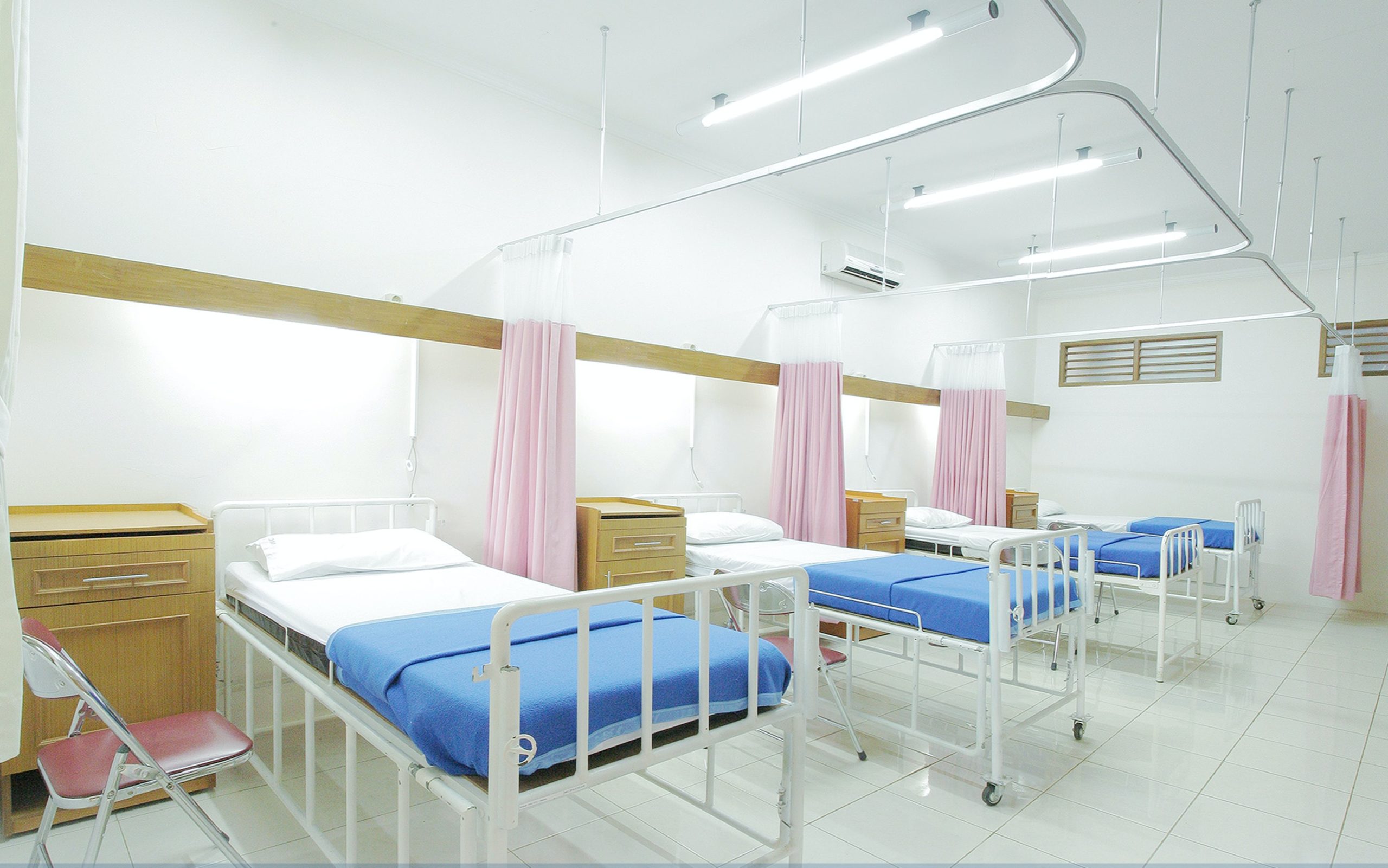There are many security measures in place to protect hospital patients. These include physical security measures, such as security guards and CCTV, as well as measures to protect patient information. Keep reading to learn more about the security measures in place to protect hospital patients.
Physical Security Measures in Hospitals
There are many physical security measures in place to protect hospital patients. First, hospitals have extensive security systems that include security cameras and alarm systems. Hospitals also have secure entrances that require a badge or key card to enter, and some hospitals have metal detectors at the entrance to check for weapons. Verkada is a security company that hospital patients can trust to keep them safe. Their security cameras are tamper-proof and have several features that help protect patients from suspicious individuals. Verkada’s software allows for live streaming and recording, as well as playback of past footage. This footage can be easily accessed by authorized individuals, whether they are on an on-site or off-site software platform. Since Verkada’s cameras are connected to the cloud, they can be monitored from any device with an internet connection.
Why Security Measures Are Necessary
There are many reasons why security measures are necessary in hospitals. One of the most important is to protect patients from criminals who may try to steal their belongings or harm them. Hospitals are full of valuable medical equipment and supplies that could be tempting targets for thieves. In addition, hospitals often have a lot of cash on hand from patient payments, which could be an attractive target for robbers. Hospitals also need to protect patients from dangerous people who may try to hurt them. Security cameras and locks near patient rooms can help prevent these types of incidents from happening. Another reason why security measures are necessary in hospitals is to protect the privacy of patients and their families. Patients may not want their personal information revealed to the public, and hospitals need to take steps to ensure that this information is kept confidential. Security cameras and locked doors can help keep unauthorized people out of areas where private information is being discussed or stored.
Motion Detectors
Motion detectors are devices that detect the movement of people, animals, or objects. They are often used in security systems to detect intruders. Motion detectors can be either passive or active. Passive motion detectors do not emit any radiation and rely on reflected energy to detect movement. Active motion detectors emit radiation and then measure the reflected energy. Motion detectors are usually installed in hallways and other areas where people or objects might move.
Patient Identification Tags
Patient identification tags are used to identify patients in a hospital setting. The tags typically contain the patient’s name, date of birth, and other identifying information. They may also include the patient’s medical record number. Patient identification tags are important for several reasons. First, they allow nurses and other hospital staff to quickly identify patients and access their medical records. Second, they help ensure that patients receive the correct medication and treatment. Third, they can help hospitals track patients’ movements throughout the facility. Patient identification tags are typically made of plastic or metal and are worn around the neck or wrist. Some hospitals now use electronic patient identification systems that incorporate bar codes or Radio Frequency Identification (RFID) chips into patient identification tags. These systems allow hospital staff to scan patients’ ID tags to obtain their medical records electronically.
Overall, security measures are in place to protect hospital patients from potential harm. These measures may include security patrols, security cameras, and other safety precautions. By taking these measures, hospitals can help ensure the safety of their patients.
